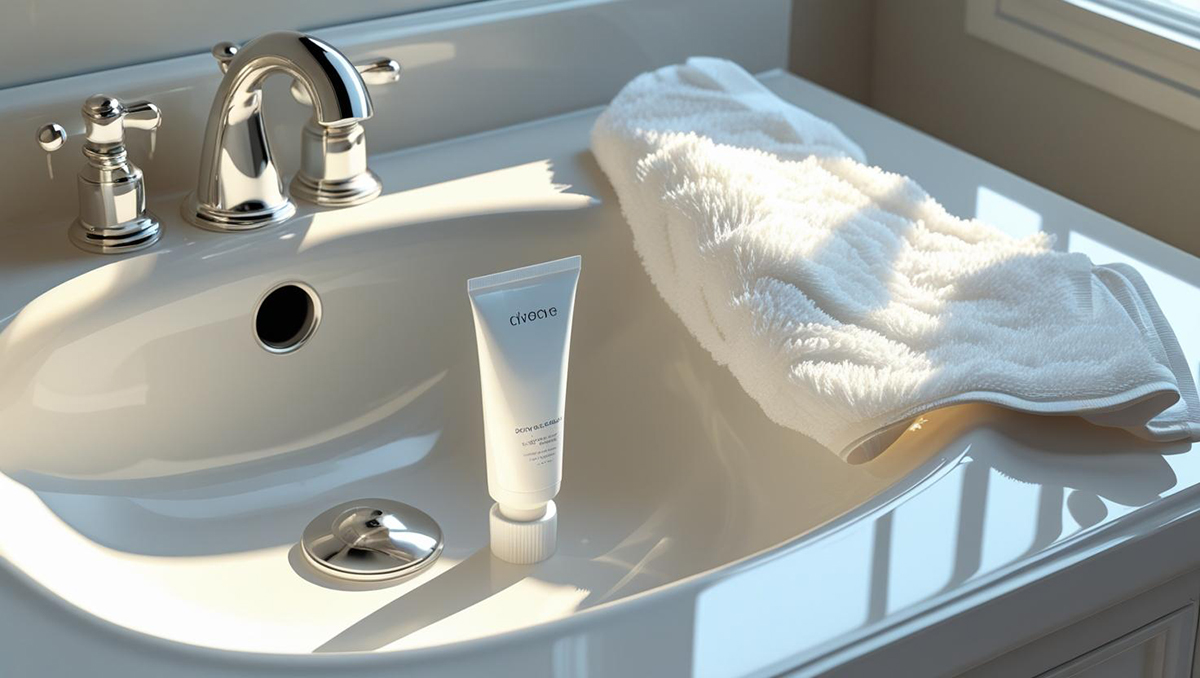Let’s talk about something you use (hopefully) every single day – toothpaste. If you’ve ever stood in the toothpaste aisle overwhelmed by all the options (whitening! sensitivity! charcoal! enamel repair!), you’re not alone. But lately, there’s been buzz around an ingredient that might just change the way you think about oral care: micro-hydroxyapatite.
If you haven’t heard of it yet, hydroxyapatite (pronounced hi-drox-ee-apatite) is a mouthful to say, but it’s actually something your teeth already know and love. In fact, your teeth are made mostly of it.
So, what is it exactly? And can it really replace fluoride?
Let’s dive in.
A Quick Science Lesson: What Is Hydroxyapatite?
Hydroxyapatite is a naturally occurring mineral form of calcium apatite. About 97% of your tooth enamel and 70% of your dentin (the layer under your enamel) is made of hydroxyapatite. It’s also a major component of your bones.
Basically, it’s nature’s version of dental armor.
Now, enter micro-hydroxyapatite – a naturally occurring mineral, broken down into microscopic particles that can bond with your tooth enamel. This isn’t a new mineral; it’s been around for decades. But only recently has it started gaining mainstream popularity as a fluoride-free option in toothpaste.
Wait – NASA? What Does NASA Have to Do with My Teeth?
Here’s where things get cool.
Back in the 1970s, astronauts returning from space missions faced a pretty serious problem: bone density and tooth enamel loss. The zero-gravity environment was wreaking havoc on their skeletal systems. NASA scientists began looking into ways to reverse and prevent this damage, and one promising solution was, yep, you guessed it – synthetic nano-hydroxyapatite.
Originally developed to help astronauts remineralize bone and enamel, hydroxyapatite showed incredible potential for regenerating lost minerals in teeth. Fast forward a few decades, and Japan was the first to introduce hydroxyapatite into toothpaste formulations in the 1980s. Since then, it’s been studied extensively and approved in many countries for use in dental care products.
Why People Are Moving Away from Fluoride
Let’s be honest, fluoride has had a long reign in the oral care world. And it’s not without reason: fluoride does help prevent cavities by strengthening enamel and making it more resistant to acid attacks.
But fluoride isn’t perfect.
Some people are concerned about fluorosis, especially in children. Others want to reduce their exposure to synthetic additives. And then there’s the fact that swallowing fluoride in high amounts can be toxic, which is why toothpaste labels always warn you to keep it out of reach of kids.
Even though fluoride is still recommended by many dentists and dental associations, more and more people are asking questions about long-term health effects, and looking for safer, natural alternatives that still get the job done.
Why Hydroxyapatite Toothpaste Just Makes Sense
This is where hydroxyapatite shines.
Unlike fluoride, which makes the outer layer of your enamel harder but can sometimes cause sensitivity or irritation, hydroxyapatite works by actually repairing your enamel. It mimics the natural building blocks of your teeth and fills in microscopic cracks, crevices, and weak spots. Think of it like patching up potholes in the road. Only this road is your enamel.
And here’s what’s really exciting: hydroxyapatite doesn’t just stop at cavity prevention. It has multiple oral health benefits, including:
- Strengthening Enamel: It bonds directly with the surface of your teeth and reinforces the natural structure.
- Reducing Sensitivity: By sealing tiny dentinal tubules (the microscopic channels that lead to your tooth’s nerve), it helps reduce sensitivity to hot, cold, or sweet.
- Remineralizing Early Decay: Just like fluoride, it can help reverse early-stage tooth decay before it becomes a full-blown cavity.
- Whitening Teeth Gently: Unlike abrasive whitening products, hydroxyapatite helps whiten by smoothing the enamel and reducing plaque buildup. No harsh chemicals needed.
- Safe(r) If Swallowed: Since it’s non-toxic and biocompatible (your body already knows what it is), it’s a safer choice for children and adults alike.
What Does the Research Say?
There have been several studies comparing micro-hydroxyapatite to fluoride, and the results are promising. In fact, many studies show that hydroxyapatite performs just as well—or even better—at remineralizing early cavities.
In Japan and parts of Europe, it’s already been widely adopted. Now, it’s finally gaining traction in the U.S., especially among those looking for natural, science-backed alternatives to conventional toothpaste.
Choosing the Right Hydroxyapatite Toothpaste
If you’re intrigued and ready to make the switch, you might be wondering: What should I look for in a hydroxyapatite toothpaste?
Here are a few tips:
- Check the ingredients. Look for micro-hydroxyapatite or nano-hydroxyapatite on the label (sometimes abbreviated as mHAP or nHAP). If you are naturally minded, micro-hydroxyapatite is the way to go, as it’s natural. While nano-hydroxyapatite can also be beneficial, it is lab created and not 100% natural.
- Avoid unnecessary additives like artificial sweeteners, SLS, or parabens, especially if you’re going the “clean” route.
- Pick a (natural) flavor you enjoy. There are plenty of options beyond just mint these days. Everything from cinnamon to coconut to berry for kids.
Some popular brands that use hydroxyapatite include Boka, Wellnesse, RiseWell, and Davids, among others.
We’re living in a time when we can be more mindful about what we put in our bodies, and that includes what we put in our mouths. If you’re looking for a toothpaste that’s natural, effective, and rooted in science, hydroxyapatite might be exactly what your oral health routine is missing.
So the next time you’re browsing the toothpaste aisle or shopping online, take a second look at the labels. Skip the buzzwords and flashy packaging, and check for ingredients that actually support your enamel.

Leave a Reply